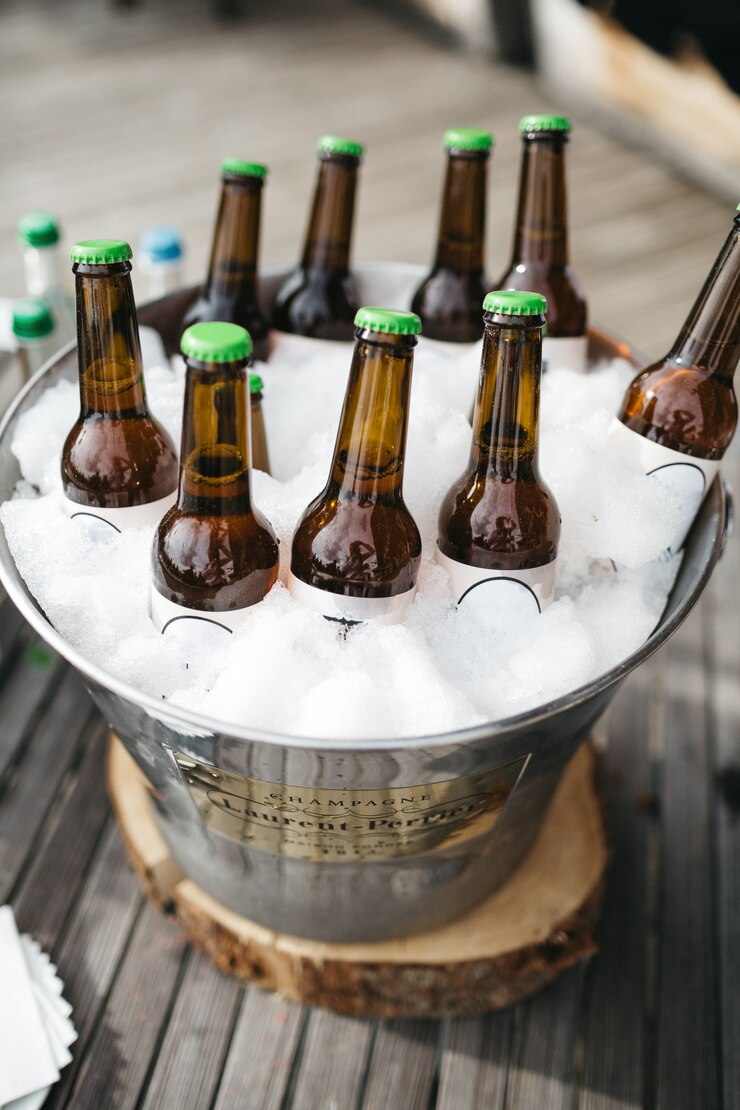Beer and wine are the most popular alcoholic drink. In the UK, 68 litres of beer and 11.88 bottles of wine were drunk per person in 2022 in the UK. So how do carbon emissions compare between beer and wine? Research by Bridle (2020) showed beer and wine as a drink have the same carbon emissions when taken from a tap:
1g beer on tap = 1g emissions
1g wine on tap = 1g emissions
What does change the carbon emissions between the two is the quantity consumed, the material and size of the container they are held in. A can of beer contains 440ml while a glass of wine contains 175ml. Since a can of beer has a higher volume, one can causes half a kilo of emissions, which is one sixth of a daily budget. It is the equivalent of the driving a fossil fuel car for 1 mile or drinking 4 cups of white coffee. A glass of wine is lower simply because there is a lower volume in the glass and has half the emissions of a can of beer.
It is best to drink both drinks from a tap rather than a bottle, because packaging creates emissions. Another way to reduce carbon emissions from packaging is buy the drink from bigger containers, so the same beer poured into a glass or the same glass of wine will have less emissions.

Leave a Reply